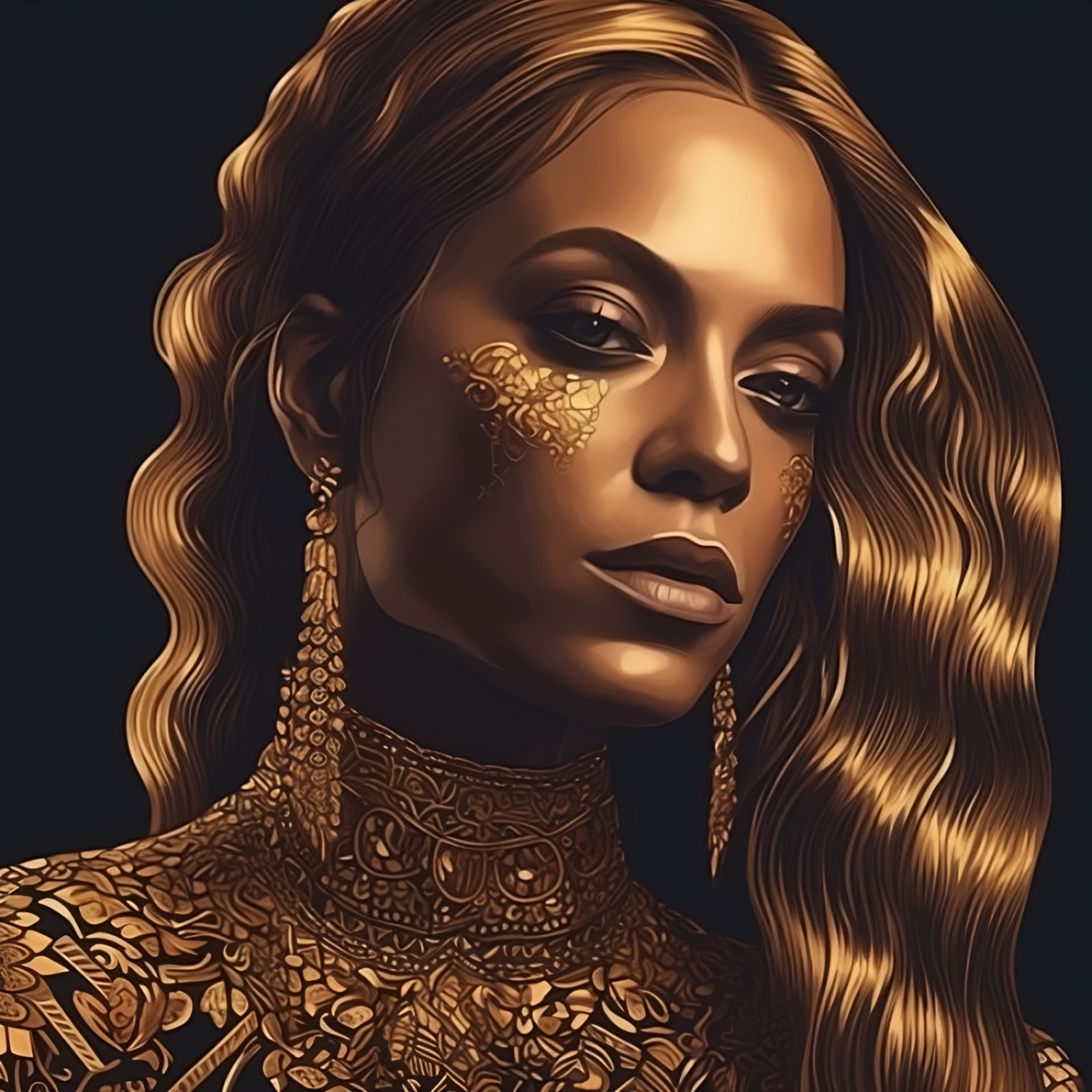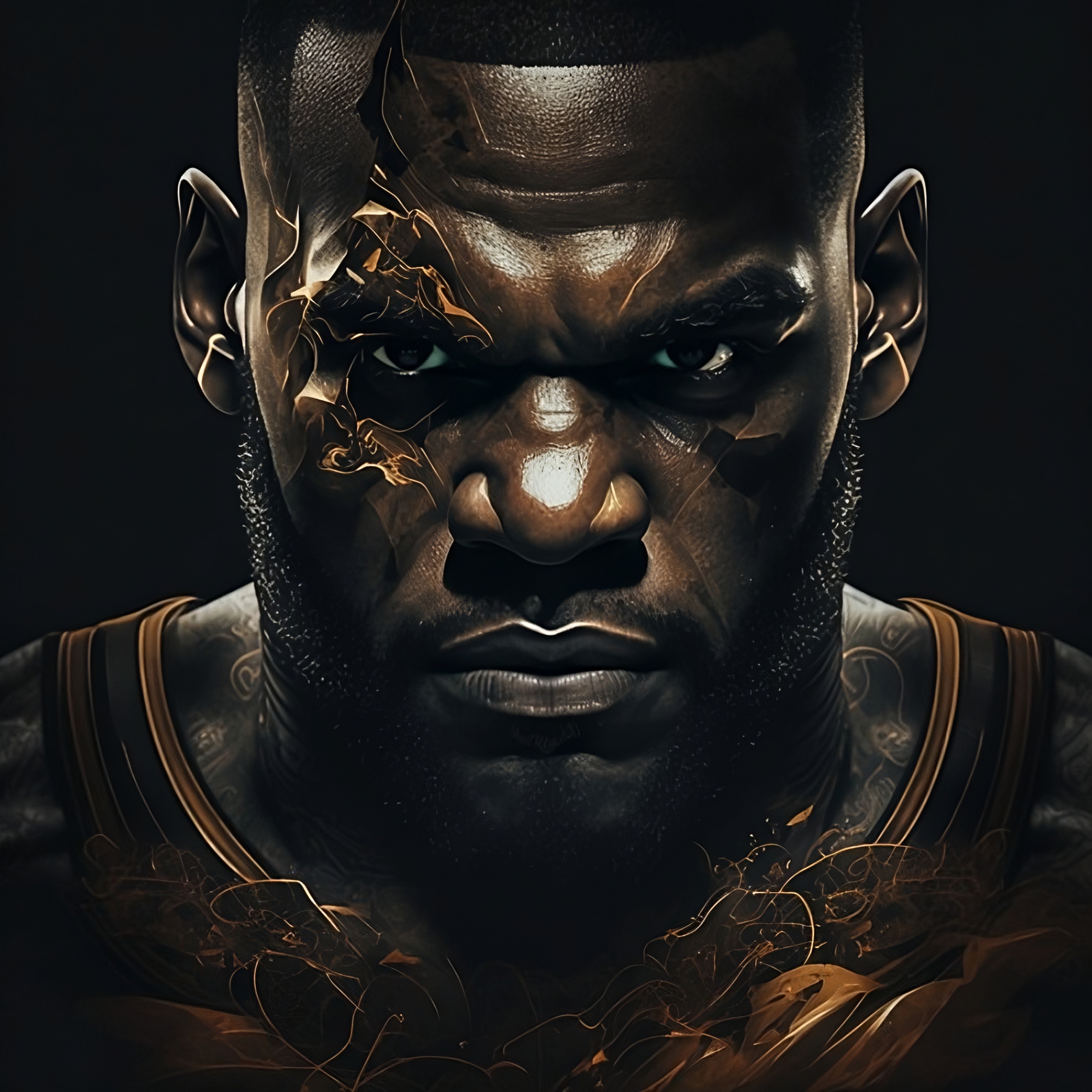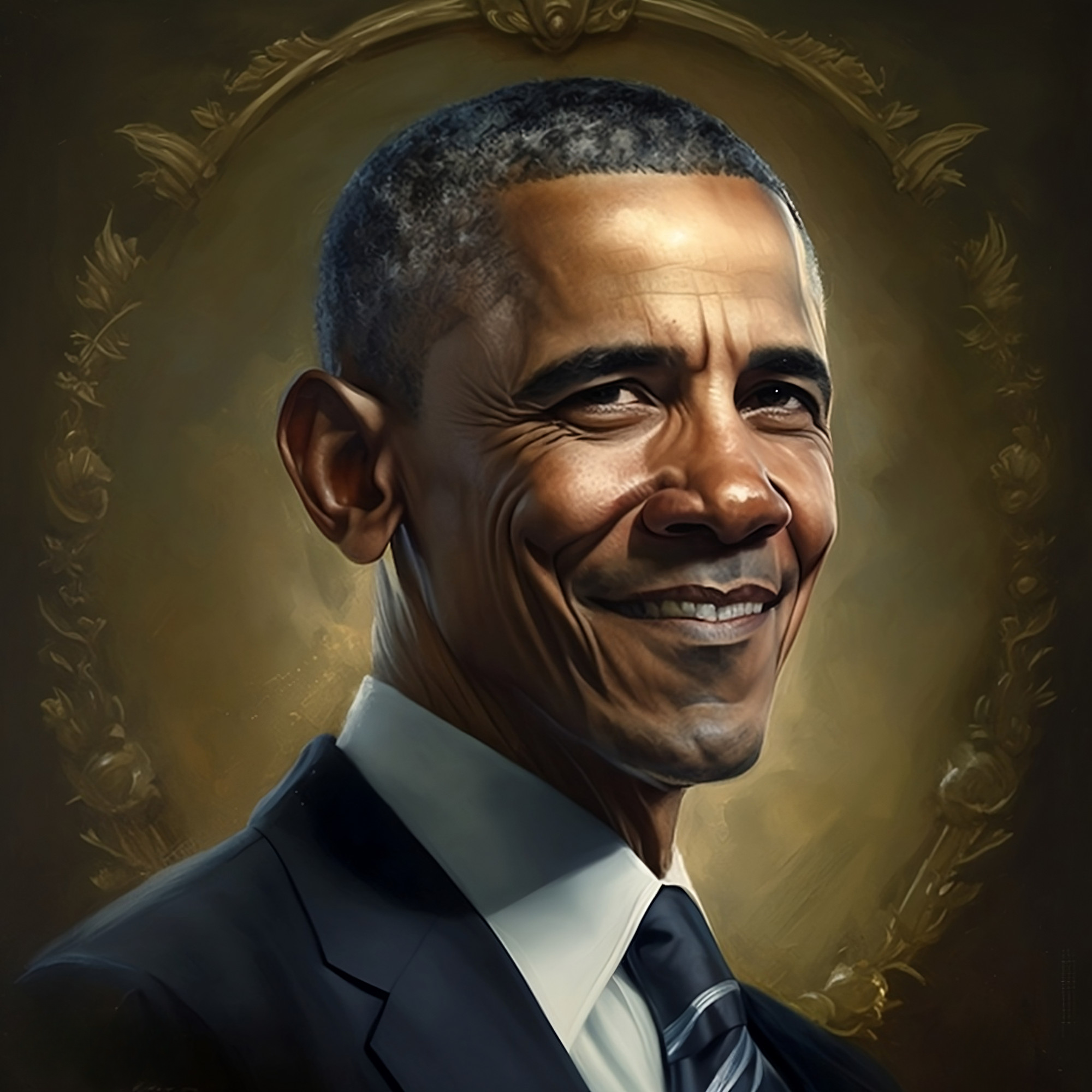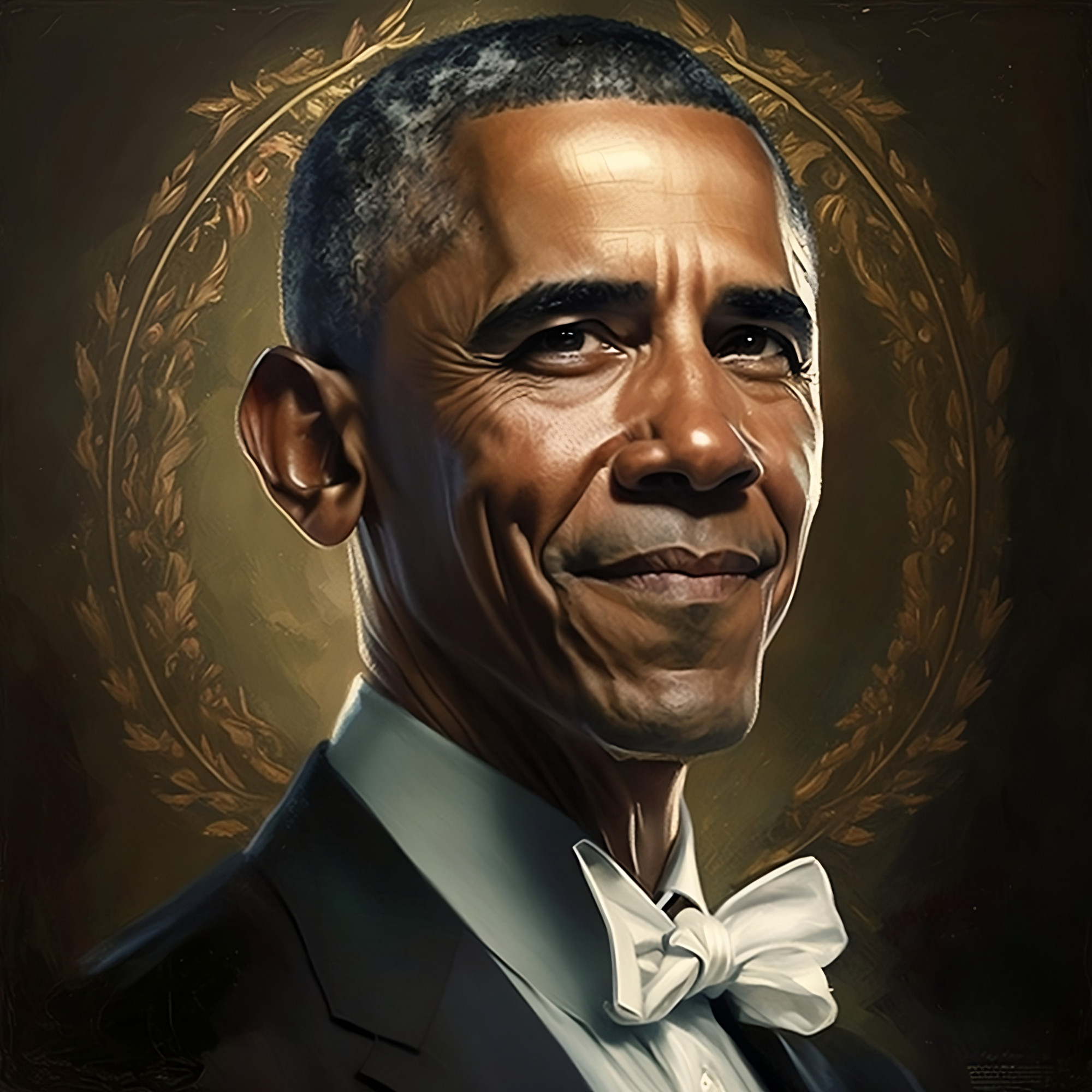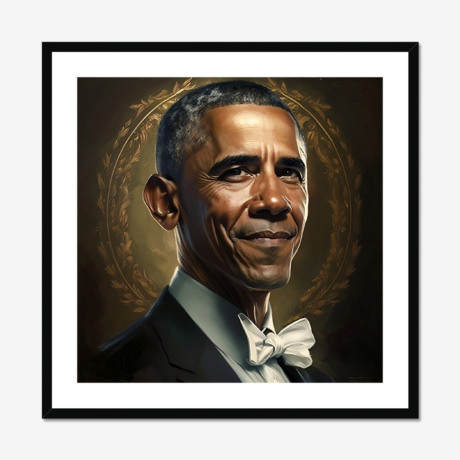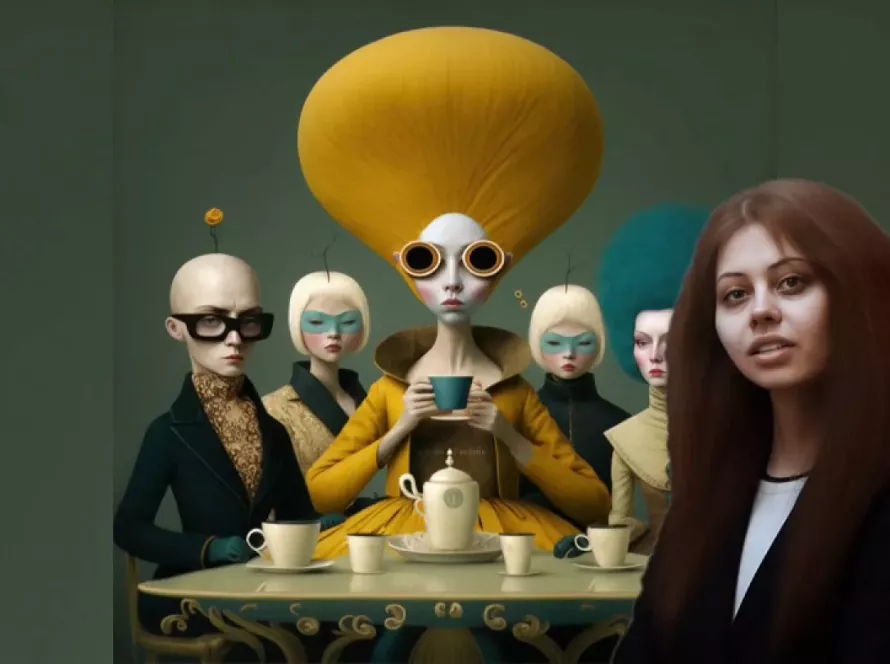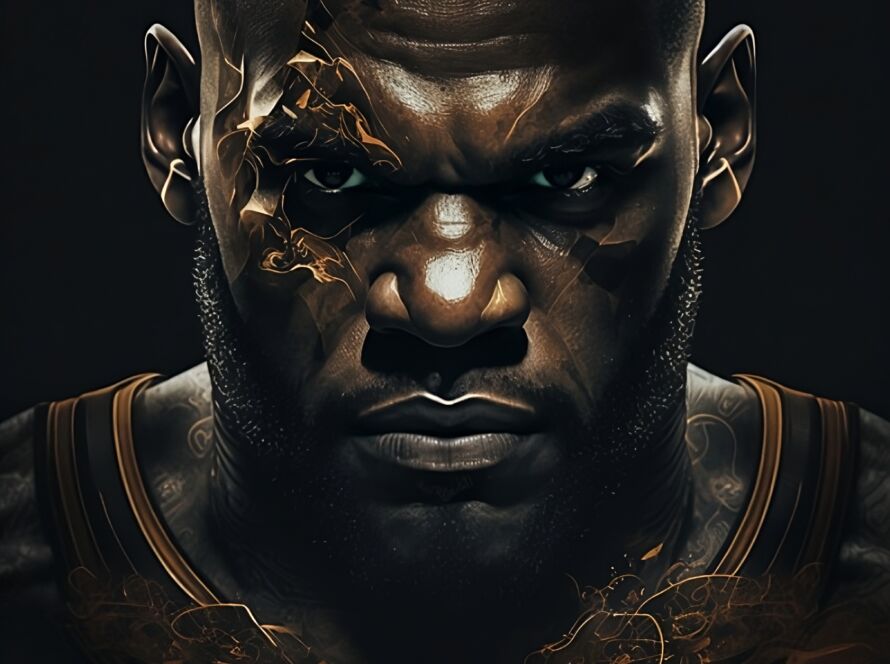The AI Paradox: Liberating Art or Leashing Creativity?
The emergence of Artificial Intelligence (AI) in the field of art has generated a buzz, raising both exhilarating possibilities and complex debates. The core of this discourse, often referred to as the AI paradox, probes whether AI liberates art or leashes creativity. This blog delves into the multiple perspectives surrounding this paradox.
AI as a Tool for Liberating Art
In recent years, AI has been increasingly incorporated into the artistic process, stretching the boundaries of creativity. But does this liberate art, or are we simply leashing creativity to algorithms?
AI’s Expansion of Artistic Possibilities
The AI-based approach to art has led to the emergence of unprecedented and transformative art forms. Artists are now leveraging AI art generators to produce unique works. The integration of AI into artistic processes has expanded artistic possibilities, creating avenues for artists to express themselves in novel and intriguing ways.
Notable examples include AI art projects where machine learning algorithms learn from countless pieces of art and generate original pieces. As they paint their pixels onto digital canvases, the process, often perceived as magical, can be better understood through resources like this informative blog post.
-
LeBron James
Art Prints $160.00 – $200.00Buy now This product has multiple variants. The options may be chosen on the product page -
US President 44
Art Prints $160.00 – $200.00Buy now This product has multiple variants. The options may be chosen on the product page -
US President
Art Prints $160.00 – $200.00Buy now This product has multiple variants. The options may be chosen on the product page
Democratizing Art with AI
AI is democratizing art by making it more accessible. Using AI, enthusiasts can understand and appreciate art without requiring extensive knowledge of the field. Various services provided by organizations, like NFT54, enable individuals to create unique AI prints from their photos, rendering the traditionally exclusive domain of art creation more inclusive.
Facilitating Creativity through Novel Techniques
AI has facilitated creativity by providing artists with novel techniques. Deep learning and generative art, for instance, enable artists to create pieces that would otherwise be impossible to make. Interactive art using AI and virtual reality adds another layer of depth, providing an immersive experience.
Despite these advantages, there are counterarguments suggesting that AI, while expanding the realm of what’s artistically possible, may limit human creativity by encouraging dependence on algorithms.
AI as a Constraint on Creativity
On the other side of the AI paradox is the notion that while AI can produce stunning pieces of art, it may potentially limit human creativity.
The AI vs Human Creativity Debate
While AI’s ability to produce art is undeniable, the question of whether AI can truly be creative remains. The innate human ability to express emotions, thoughts, and experiences through art is what many believe differentiates human-made art from AI-generated art. The concern is that an overreliance on AI might limit this human expression.
The Authenticity Debate: AI vs Human Art
The rise of AI art has prompted a debate about authenticity. AI-generated art, such as AI canvas prints, although visually appealing, are often critiqued for their lack of human touch and emotion. This deep dive into the world of AI canvas prints provides further insight into the debate.
Another layer of this debate revolves around the philosophical and ethical implications of AI art. Controversies surrounding AI art often focus on issues of authorship and originality, as discussed in this controversial look at AI art.
Impact on Artists: Does AI Devalue Human Artists?
There is a concern within the artistic community that AI could devalue human artists by reproducing their styles. Moreover, there’s a potential risk of job displacement in the artistic community due to AI. This blog about the future of art galleries and this reflection on the human touch in art touch upon the economic and emotional implications for artists.
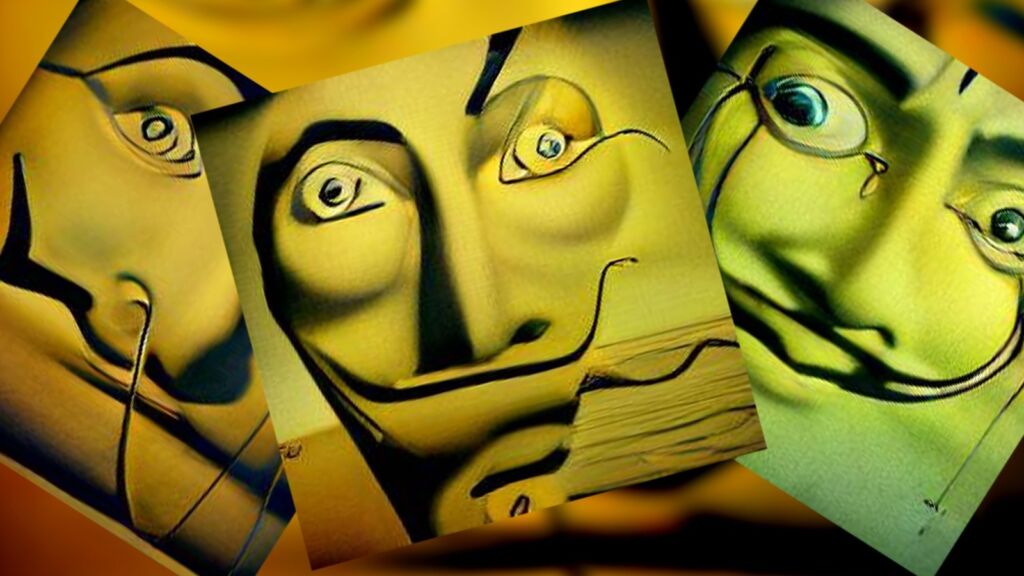
Striking a Balance: Integrating AI into Art without Compromising Creativity
As we continue to explore the AI paradox in art, it becomes apparent that a balance must be struck. How can we best harness the potential of AI in the art realm while preserving the authentic human touch at the heart of creativity?
Ethical Guidelines and Regulations for AI Art
One possible approach to maintaining this balance is the implementation of ethical guidelines and regulations for AI art. A regulatory framework could help ensure that AI is used responsibly in art creation, protecting the rights of artists and maintaining the integrity of the art world. This could involve rules on attribution, particularly when AI reproduces styles reminiscent of existing artists, as well as regulations concerning the commercial use of AI-generated art.
By exploring these ethical considerations, we could foster a climate in which AI serves as a tool for artists, expanding their creative possibilities without threatening their livelihoods or the value of human creativity. Further exploration of this concept can be found in this thought-provoking piece.

Proposals for Human-AI Collaborative Art
A promising way to preserve the human essence of art while benefiting from AI is through human-AI collaboration. Rather than viewing AI as a replacement for human artists, we can envision it as a powerful tool in the artist’s arsenal. In this scenario, AI can generate ideas or provide new techniques, while the artist makes the final creative decisions, ensuring that the art remains a product of human experience and emotion.
This concept of collaborative AI is explored in depth in this detailed analysis of AI’s role in art.
The Future of AI in Art: Opportunities and Challenges
As AI continues to evolve, its impact on art will undoubtedly expand, offering both exciting opportunities and novel challenges.
Potential Developments in AI and Art
The use of AI in art is still in its early stages, and there are many potential developments to explore. Advancements in AI technology could lead to the creation of more complex and sophisticated AI art, offering artists new ways to express their creativity.
Furthermore, the development of AI that can understand and respond to human emotions could lead to more emotive and meaningful AI art, blurring the line between human and AI creativity. This prospect of a future where AI plays a more prominent role in art creation is considered in this forward-looking article.
Maintaining the Human Element in Art in the Age of AI
While the possibilities for AI art are exhilarating, it is crucial to maintain the human element in art. Art is a reflection of our human experiences and emotions, and while AI can mimic certain aspects of human creativity, it cannot replicate the depth and complexity of human experience.
We must, therefore, ensure that as we integrate AI into the world of art, we do not lose the human touch that makes art so profound. More insights into preserving this human element can be found in this thoughtful reflection.
Conclusion: Navigating the AI Paradox in Art
In conclusion, the AI paradox in art presents us with both exciting possibilities and challenging questions. On one hand, AI has the potential to liberate art, providing artists with new tools, democratizing art creation, and pushing the boundaries of what is possible. On the other hand, there are concerns about the potential for AI to leash creativity, posing challenges related to authenticity, the devaluation of human artists, and overreliance on algorithms.
Navigating this paradox will require thoughtful dialogue, careful regulation, and a commitment to preserving the human essence of art. As we move forward, let’s continue exploring and debating this fascinating subject, and work towards a future where AI and human creativity coexist harmoniously in the art world. Let’s not see AI as a threat, but as a partner, that can help us uncover new depths of creativity we may not have realized we possessed. After all, art has always been, and should remain, a testament to the endless scope of human imagination and emotional depth.
